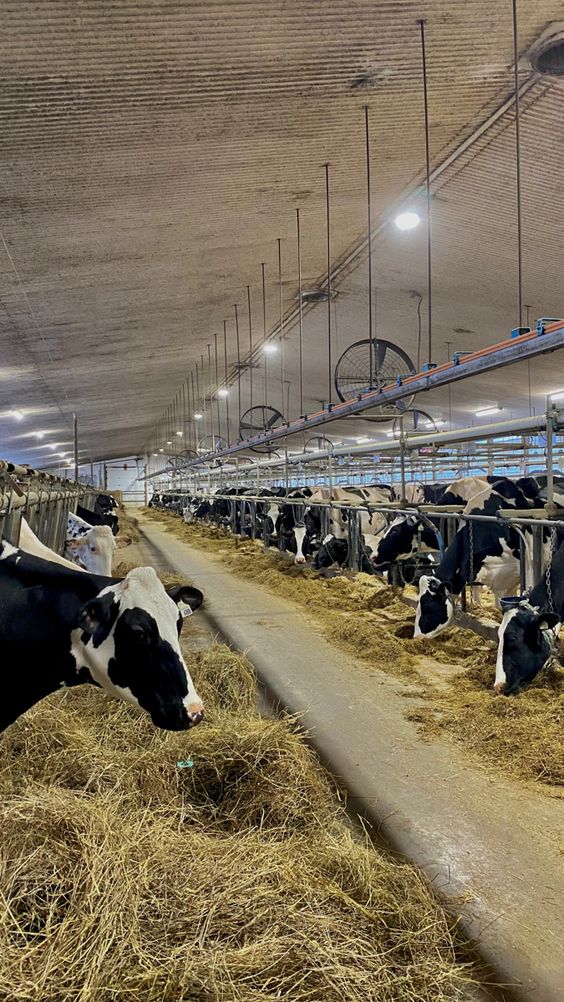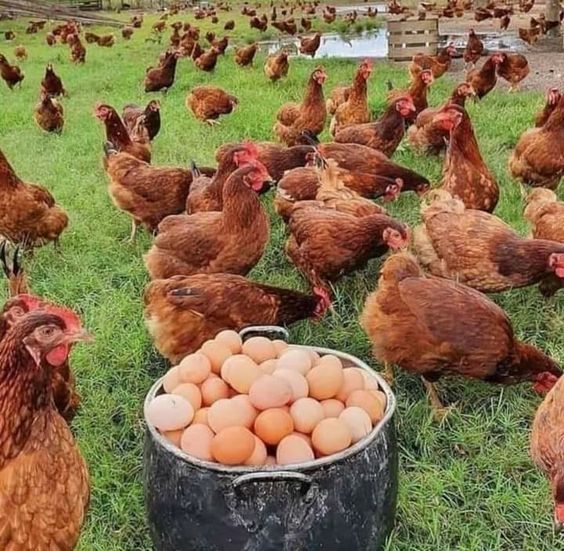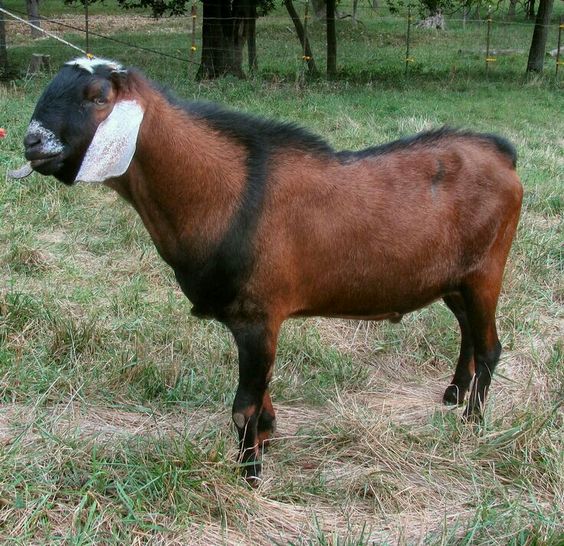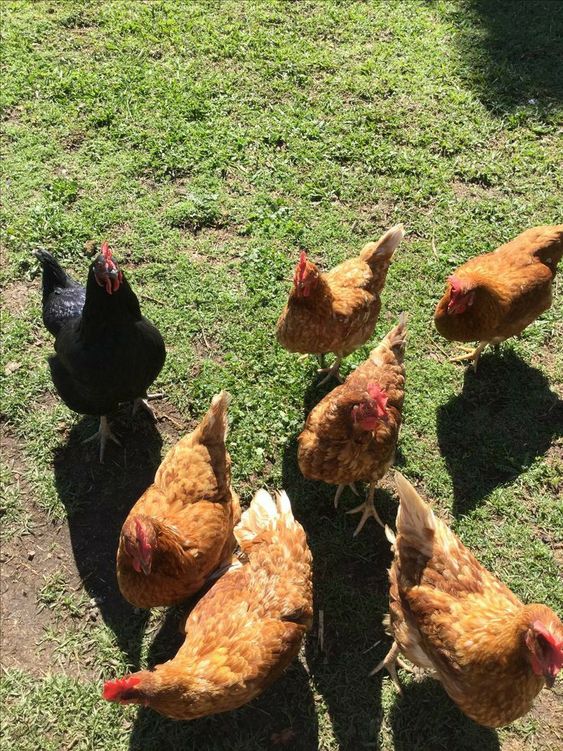Cattle Farming Processing: A Comprehensive Look From Pasture to Plate
Cattle Farming Processing, also known as beef cattle production, is a vital agricultural sector that provides meat for human consumption. It’s a complex process that involves raising cattle from birth to slaughter, ensuring their health and well-being throughout their lives. This article delves into the different stages of cattle farming and processing, offering a comprehensive look at this industry.
The Stages of Cattle Farming
Cattle Farming Processing can be broadly divided into four main stages:
-
Breeding: This stage focuses on selecting breeding stock to produce healthy calves with desirable traits. Breeders may choose natural breeding or artificial insemination for more control over genetics.
-
Cow-Calf Operation: Here, mother cows (cows) raise their calves until weaning, typically around 6-8 months old. During this time, cows are closely monitored for birthing and calf health. Calves receive their mother’s milk and may be supplemented with feed.
-
Backgrounding/Stocking: Weaned calves enter this grow-out phase, where they gain weight on pastures or feedlots. Backgrounding operations typically hold cattle for 4-6 months, focusing on providing good quality forage and promoting weight gain.
-
Finishing: In the final feeding stage, cattle are placed in feedlots for several months and fed a high-energy diet to maximize muscle growth and achieve market weight. This diet often includes grains, corn, and protein supplements.
Cattle Farming Processing
Cattle Farming Processing,Once cattle reach market weight, they are transported to slaughterhouses for processing. Strict regulations govern the humane handling and processing of livestock. Here’s a breakdown of the typical processing steps:
-
Transportation: Cattle are carefully loaded onto trucks and transported to processing facilities. Regulations ensure proper ventilation, space, and rest periods for animals during transport.
-
Humane Slaughter: Upon arrival, cattle are unloaded and rested before humane slaughter. This often involves stunning the animal to render it unconscious before slaughter.
-
Dressing: After slaughter, the hide is removed, and the carcass is eviscerated (internal organs removed). The carcass is then washed and chilled.
-
Fabrication: The carcass is broken down into primal cuts (large sections like chuck, rib, and loin) and further subdivided into subprimal cuts (smaller, specific cuts like ribeye or tenderloin).
-
Grading and Inspection: Trained inspectors evaluate the carcass for quality and marbling (fat deposits within muscle). The USDA grading system assigns a quality grade (Prime, Choice, Select) based on factors like marbling and maturity.
-
Packaging and Distribution: The processed beef is then packaged in various forms (whole cuts, ground beef, portion-controlled cuts) and shipped to wholesalers, retailers, and restaurants for distribution to consumers.
Key Considerations in Cattle Farming and Processing
-
Animal Welfare: Ensuring the humane treatment of cattle throughout their lives is a top priority. Proper handling, housing, and transportation are crucial.
-
Food Safety: Strict regulations and hygiene protocols are in place at processing facilities to prevent contamination and ensure the safety of beef products.
-
Sustainability: Cattle production can have environmental impacts. Farmers are adopting sustainable practices like improved grazing management and manure management to reduce environmental footprint.
-
Consumer Preferences: Consumer demand for high-quality, healthy beef products is driving innovation in cattle breeding, feeding practices, and processing techniques.
The Future of Cattle Farming and Processing
The Cattle Farming Processing industry is constantly evolving. Advancements in genetics, nutrition, and processing technologies are leading to more efficient production methods, improved animal welfare practices, and a wider variety of beef products for consumers.
Here are some potential future trends:
-
Precision Agriculture: Utilizing data and technology to optimize feeding, breeding, and herd management for improved efficiency and sustainability.
-
Alternative Feeding Practices: Exploring sustainable feed sources like insect protein or food waste to reduce reliance on traditional grains.
-
Cellular Agriculture: The potential emergence of lab-grown meat could impact consumer preferences and reshape the industry.
Conclusion Cattle Farming Processing
Cattle Farming Processing and processing play a significant role in the global food system. By understanding the different stages involved, from raising cattle to processing beef, we can appreciate the complexity of this industry and its ongoing efforts to provide a safe, sustainable, and high-quality food source. As consumer preferences and technology evolve, the Cattle Farming Processing industry will continue to adapt and innovate to meet the demands of a changing world.






